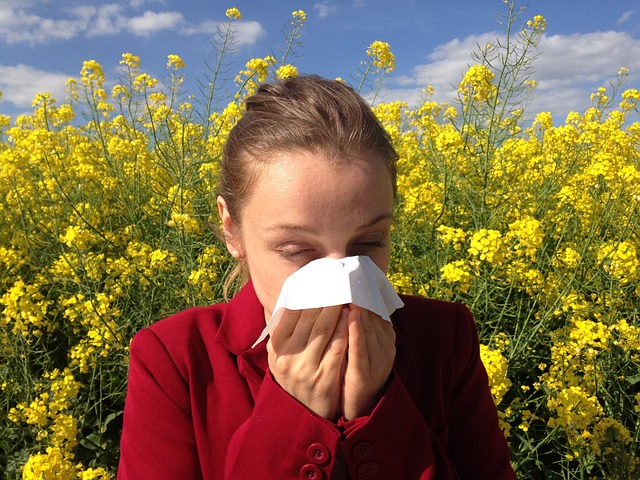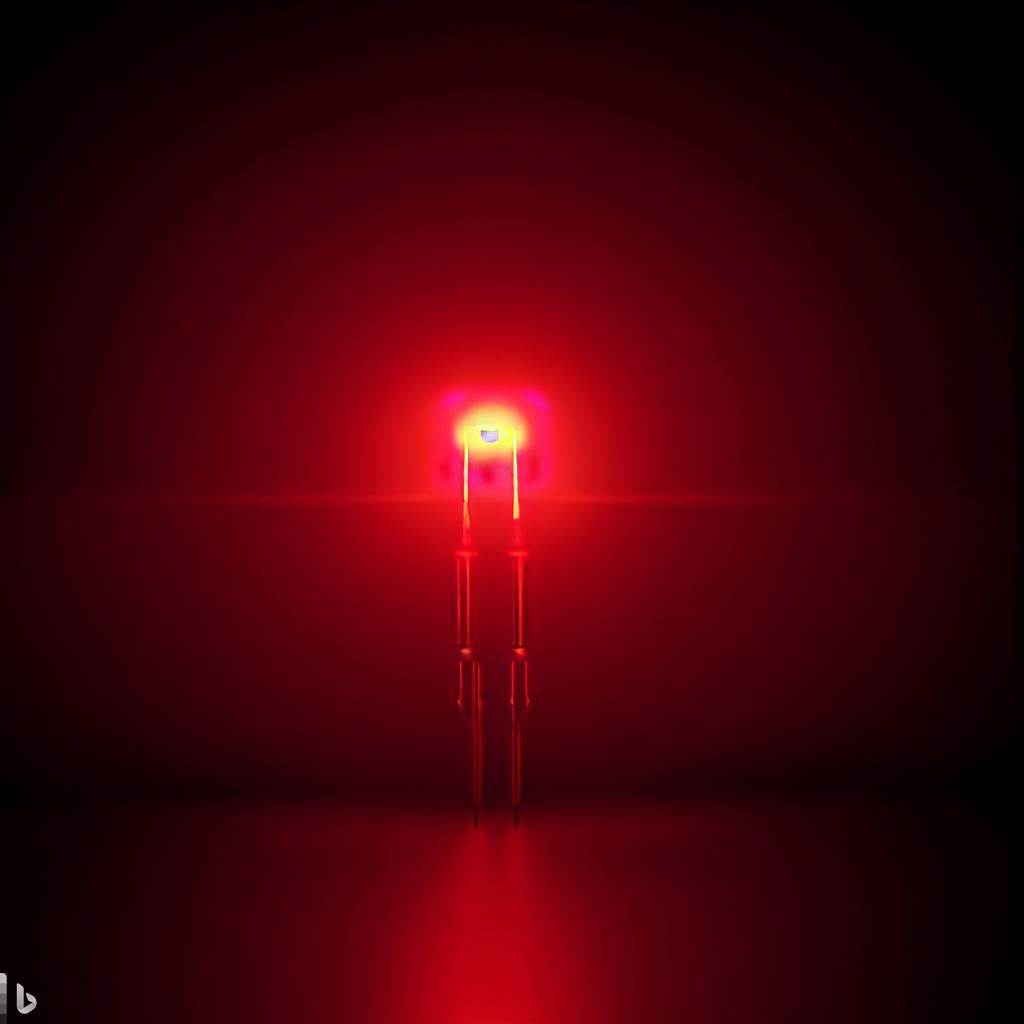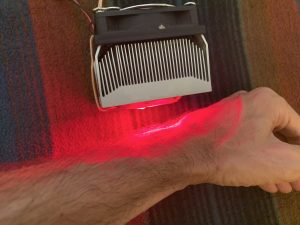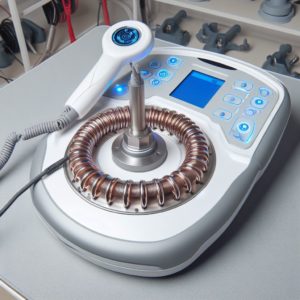Light As a Treatment for Nasal Allergies

The pollen season this year has been particularly brutal for some allergy sufferers. Nasal allergies or “rhinitis” can cause a number of symptoms, including a red, runny nose, itching and sneezing. While standard treatment usually includes antihistamine medications or a steroid nose spray, other options are available.
One of the more interesting choices that appears to hold promise is light therapy. Light therapy has been showing potential for treating a number of different conditions. The effects of red and near infrared light therapy appear to involve increased cellular energy production, potentially helping the cells to function more effectively and make repairs. Whereas ultraviolet light therapy is often used to calm inflammatory reactions in the skin. For treating nasal allergies, ultraviolet, red and infrared light frequencies have all been explored.
Red and Infrared Light Therapy for Nasal Allergies
One of the first studies on light therapy for nasal allergies utilized red light (wavelength 660 nm), treating for just over four minutes three times a day (Neuman 1997). The treatment device consisted of two red-light-emitting diodes that were encased in tubes that could be slid into the nose. After two weeks of treatment, allergy symptoms were reduced 69% in the treatment group as compared to 21% in the placebo group.

A separate trial using an intranasal device that emits both red (652 nm) and near infrared (940 nm) light also found significant benefits (Emberlin 2009). The study design was similar, using the device for three minutes three times a day for two weeks. Overall, symptoms were reduced 28% more effectively with the light treatment as compared to placebo. Patients also responded better to a tree pollen challenge after the light therapy treatment.
In a comparison trial, red light (660 nm) was compared to laser acupuncture for seasonal allergies (Moustafa 2013). The light was again delivered by an intranasal device, treating for 18 minutes twice per week for six weeks. Runny nose symptoms (rhinorrhea) were reduced to mild in 80% of patients while nasal obstruction was completely relieved in half.
Ultraviolet Combined with Visible Light Therapy
Other clinical trials for nasal allergies have focused on using a light therapy device that provides small amounts of ultraviolet A (UVA) and ultraviolet B (UVB) light combined with white, visible light. UVB is the part of the light spectrum in sunshine that produces vitamin D. Ultraviolet light in general is the part of the light spectrum in sunshine that causes the skin to tan. While too much UV light can cause burns and an increased risk for skin cancer, the nasal treatments are of a short enough time duration and low enough intensity that the current data suggests that they should be quite safe (Kemény 2007).
In the first study, treatment was applied inside the nose three times per week for three weeks. Sneezing, runny nose and itching all improved significantly (Koreck 2005). The only side effect noted was dryness which was effectively treated with an emollient cream. A second study using the same treatment four times per week also found benefits. After three weeks, total nasal symptom scores dropped from an average of seven out of twelve to just one out of twelve (Csoma 2006).
A recent meta-analysis of studies concluded that symptom scores drop considerably with light therapy treatments for nasal allergies (Costa 2021). Interestingly, non-seasonal allergies may respond even better than seasonal allergies to treatment. The authors concluded that based on the research, light therapy for nasal allergies appears to be an effective treatment option.
Conclusion
For individuals looking for a safe, non-medication based treatment for nasal allergy symptoms, light therapy appears to be a viable option. Currently, the best studied system uses UVA, UVB and white light. However, more research is needed to know which system is most effective.



